MXB-JTW Metric Thrust Washer For Vehicle Transmissions
Cat:Self-Lubricating Bearing
MXB-JTW metric thrust washers are based on high-strength brass (ZCuZn25Al6), with solid lubricant (graphite or molybdenum disulfide) embedded in the m...
See DetailsIn the high-end equipment manufacturing industry, the performance of self-lubricating components directly impacts the reliability, lifespan, and operational efficiency of mechanical systems. Steel-copper self-lubricating components, combining steel's high strength with copper's excellent wear resistance and corrosion resistance, are widely used in high-load, corrosion-resistant applications such as precision bearings, marine engineering equipment, and medical devices. However, traditional welding processes face challenges in manufacturing such components, including large heat-affected zones, difficult deformation control, and material performance degradation.
The emergence of CMT hot melt overlay welding technology provides a revolutionary solution for the manufacturing of steel-copper self-lubricating components. This technology achieves low heat input, spatter-free, and highly stable welding effects through precise control of wire melt drop transfer, significantly reducing the heat-affected zone, preserving the original performance of the base material, and enhancing welding efficiency and quality.

Process Principles and Core Advantages
CMT technology achieves spatter-free melt drop transition through wire retraction and precise current control, reducing heat input by 37% compared to traditional MIG/MAG welding. Its characteristics include:
l Low heat input: Melt drops transition without current, avoiding degradation of base material properties.
l Spatter-free: Short-circuit current control ensures stable melt drop separation and aesthetic weld formation.
l High stability: Digital control systems maintain arc stability, suitable for welding complex geometries.
l Application Scenarios for Steel-Copper Self-Lubricating Components
Combining steel's high strength with copper's wear resistance and corrosion resistance, steel-copper self-lubricating components are often used in high-load, corrosion-resistant mechanical systems (e.g., bearings, gears). Applications of CMT technology include:
l Thin-walled self-lubricating bearings: Low heat input reduces deformation, ensuring dimensional accuracy.
l Complex structure lubrication components: High-speed welding capabilities support the manufacture of complex structures such as grooves and oil passages.
Application Advantages and Data Support
Enhanced Lubrication Performance:
l Surface quality optimization: CMT weld surface roughness is reduced by 30%, and friction coefficient is decreased by 15%-20%.
l Lubrication medium compatibility: Low-temperature welding avoids decomposition of lubrication layers (e.g., PTFE), extending lubrication cycles.
Improved Wear Resistance:
l Microstructure protection: Heat-affected zone width is reduced by 50%, preserving the original wear resistance of the base material.
l Weld joint reinforcement: Pulse mode (CMT+P) increases penetration depth by 20%, and the embedding strength of wear-resistant particles is enhanced by 40%.
Optimized Structural Strength:
l Deformation control: Welding deformation is reduced by 60%, ensuring assembly accuracy.
l Residual stress reduction: Low heat input reduces residual stress by 30%, preventing lubrication layer cracking.
Increased Production Efficiency:
l Welding speed improvement: Speed reaches 1.2m/min, three times faster than traditional processes.
l Material utilization enhancement: Spatter is reduced by 99%, and welding material loss is decreased by 25%.
Dissimilar Material Welding Capability:
l Steel-copper welding: Interfacial intermetallic compound thickness is controlled within 5μm, and joint strength reaches 350MPa.
l Process stability: When welding steel and copper materials of different thicknesses, penetration depth fluctuation is ≤10%.
Real-World Cases and Industry Impact
l Automotive lightweighting: CMT welding of aluminum-steel hybrid structure oil-free bearing increases joint strength by 50%.
l Marine engineering: Steel-copper corrosion-resistant self-lubricating bearings extend lifespan by three times in seawater environments.
l Medical devices: Spatter-free characteristics ensure the cleanliness of miniature self-lubricating components, meeting ISO 13485 certification.
CMT hot melt overlay welding technology provides dual guarantees of performance and efficiency for steel-copper self-lubricating components through its low heat input, spatter-free, and highly stable characteristics. Empirical data indicates that it significantly outperforms traditional processes in lubrication performance, wear resistance, structural strength, and production efficiency, particularly suitable for applications requiring high precision and reliability. As process parameters are optimized (e.g., pulse mode, protective gas combinations), its potential in high-temperature, corrosion-resistant self-lubricating components will further expand.

Zhejiang Mingxu Machinery Manufacturing Co., Ltd., as a manufacturer of self-lubricating components, possesses over a decade of R&D experience. In the manufacture of steel-copper composite bearings, CMT hot melt overlay welding technology enables us to provide higher-quality products to customers. Our products support customization based on drawings, and interested customers can contact us at any time: [email protected].
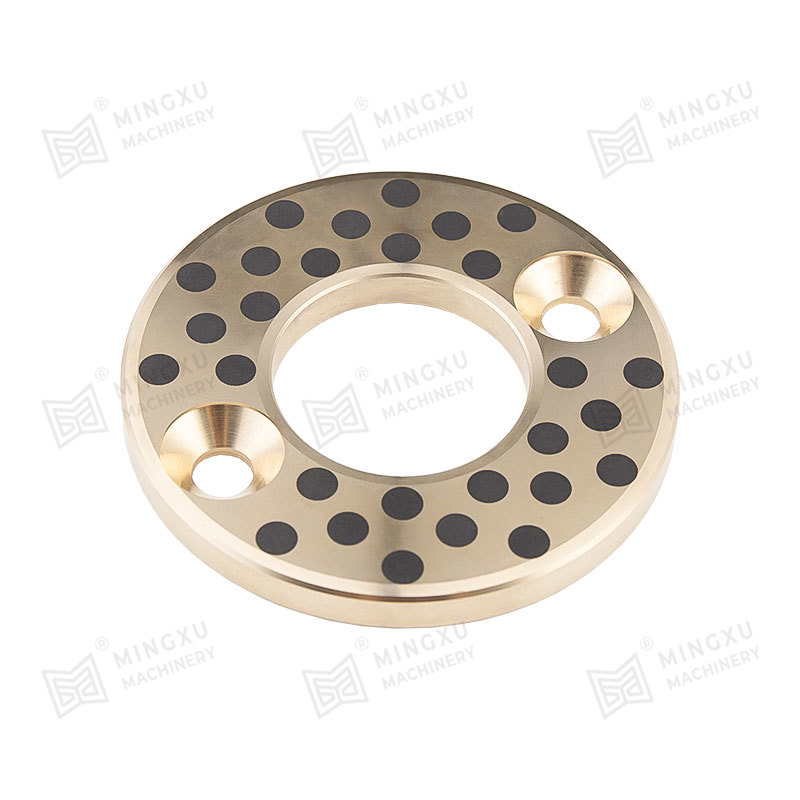
MXB-JTW metric thrust washers are based on high-strength brass (ZCuZn25Al6), with solid lubricant (graphite or molybdenum disulfide) embedded in the m...
See Details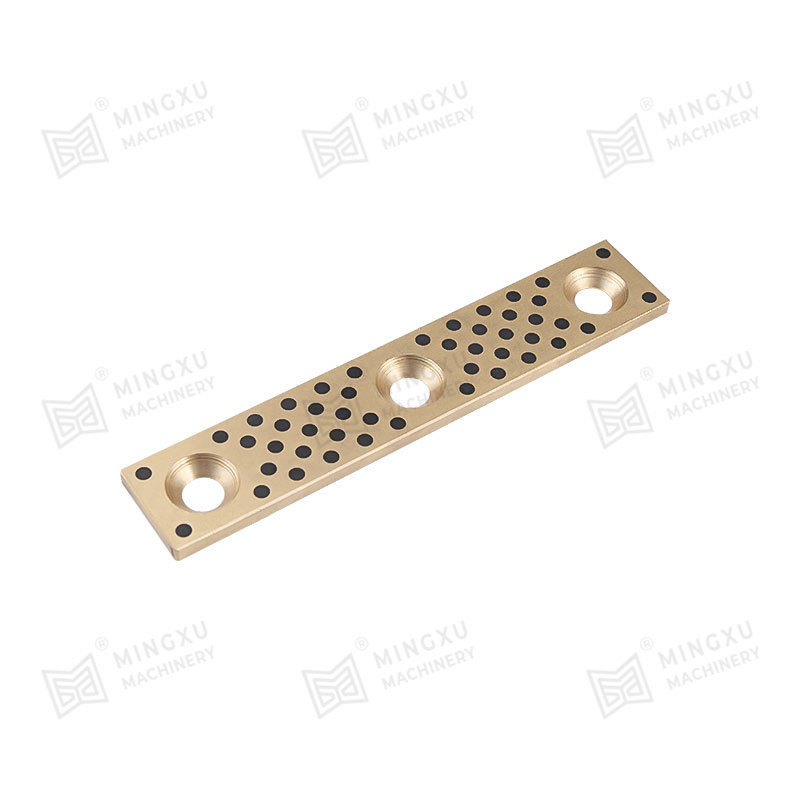
MXB-JUWP self-lubricating wear-resistant plate is a 5mm thick self-lubricating graphite inlaid wear-resistant plate developed and produced by Mingxu M...
See Details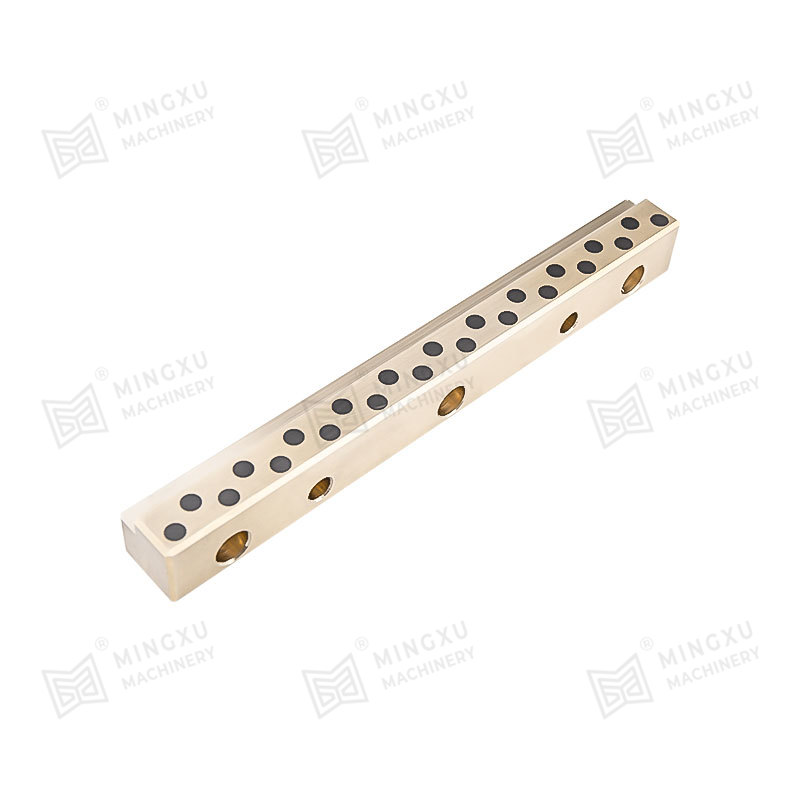
Constructed from high-grade graphite-copper alloy, the MXB-JSL L-type self-lubricating guide rail is strategically installed at the mold clamping guid...
See Details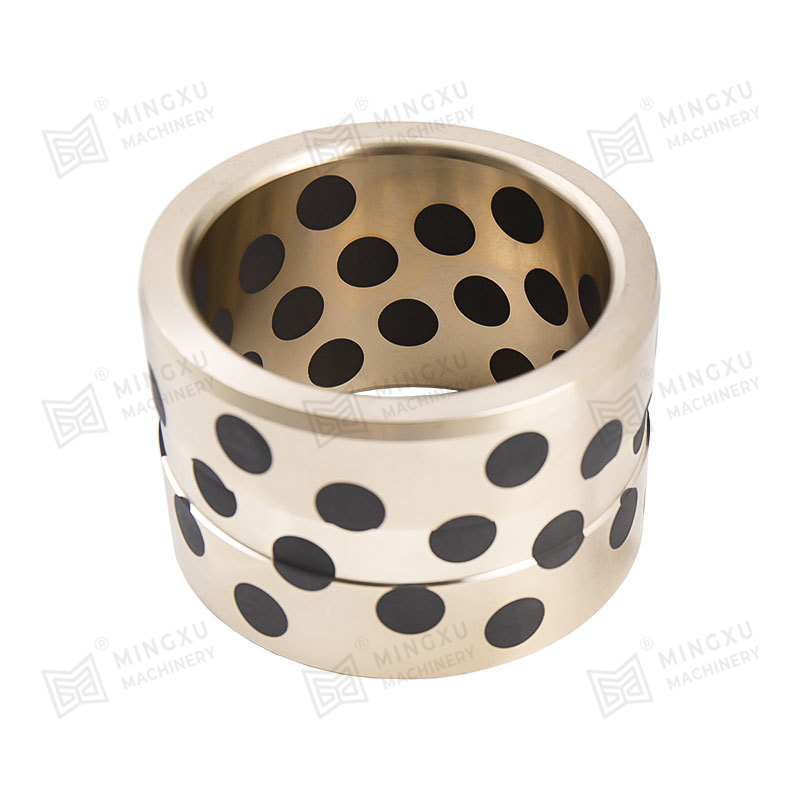
MJGB oil-free injection guide bushings are standard components used in the plastic injection molding process, providing lubrication-free guidance and ...
See Details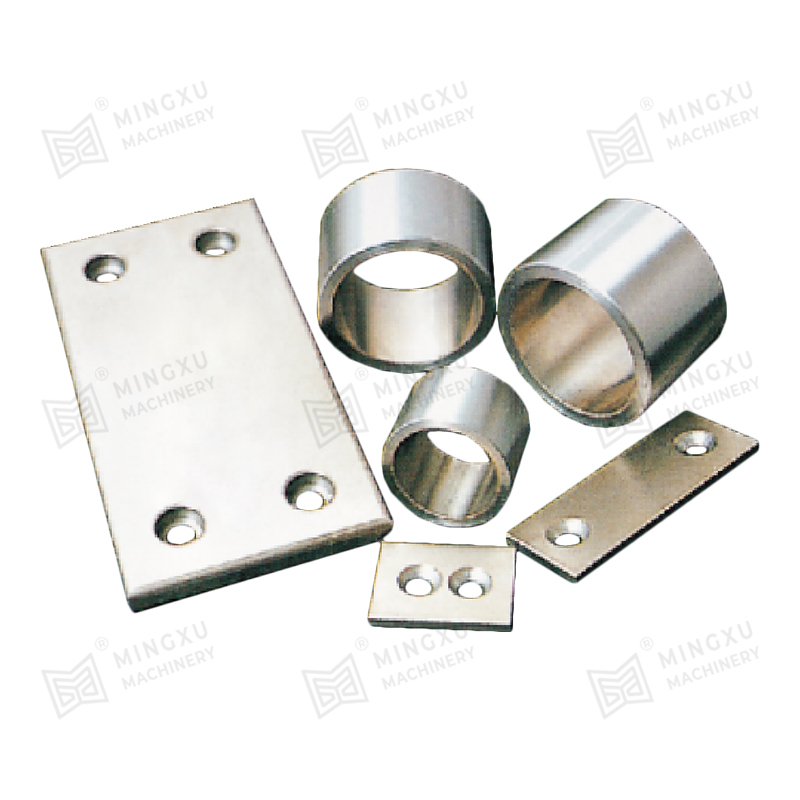
MX2000-2 nickel graphite dispersed alloy bearing is a new product among solid lubricating bearings. Compared with TF-1, this product has the character...
See Details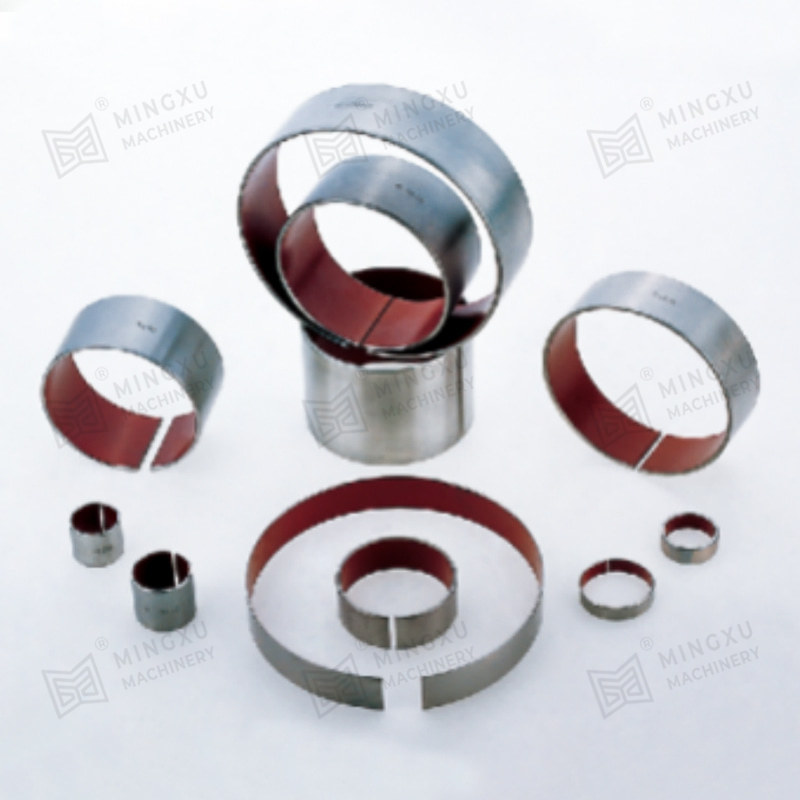
SF-1S stainless steel corrosion-resistant bearing is a very effective corrosion-resistant material that is formed by rolling with stainless steel as t...
See Details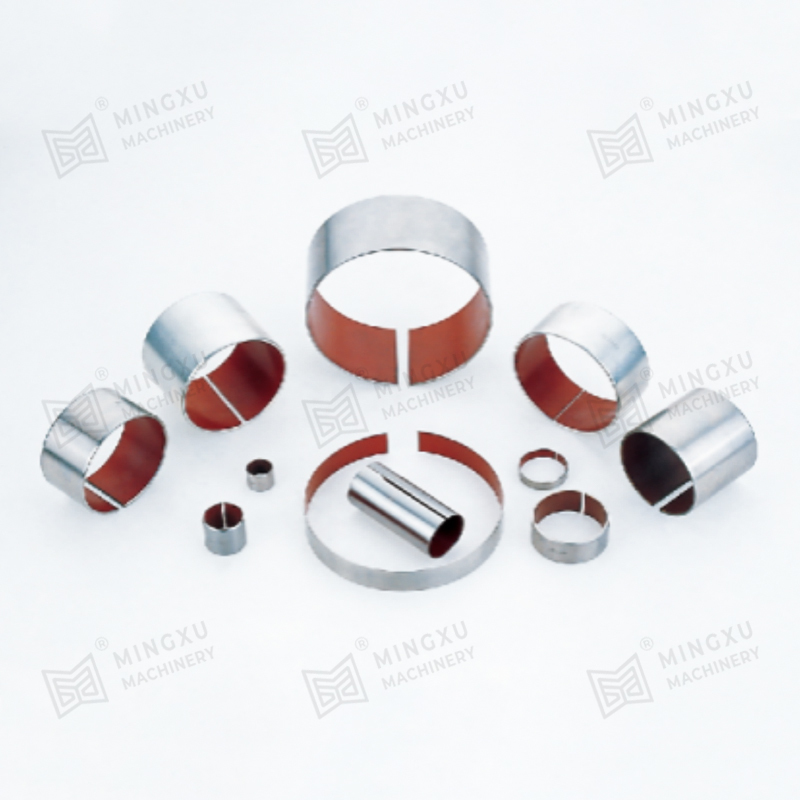
SF-1SS is a highly corrosion-resistant and wear-resistant bearing made of stainless steel as the base material and PTFE sprayed on the surface. This m...
See Details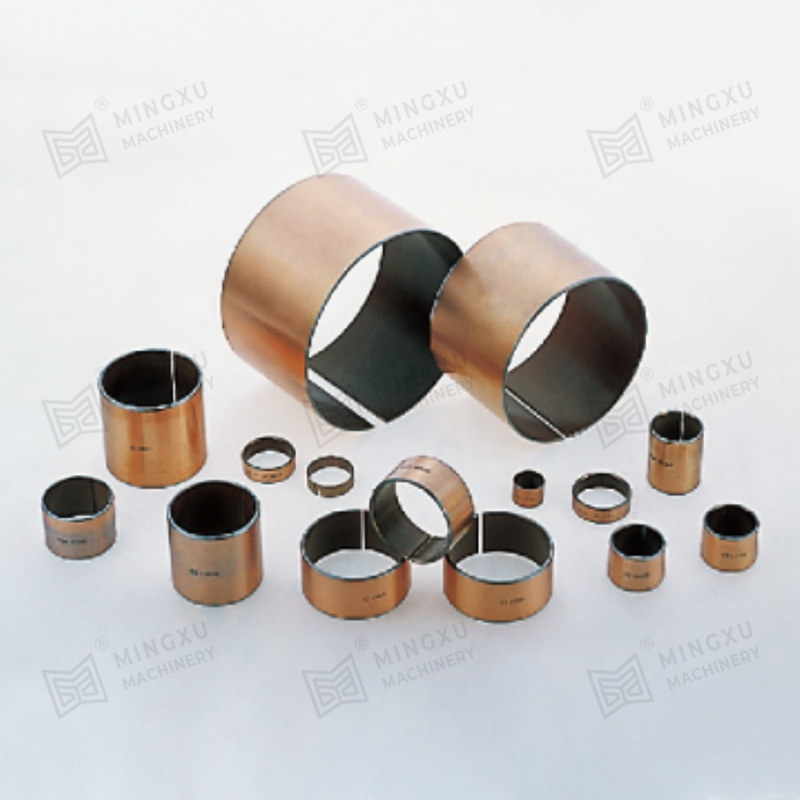
SF-1P reciprocating bearing is a novel formula product designed based on the structure of SF-1X material and according to the special common condition...
See Details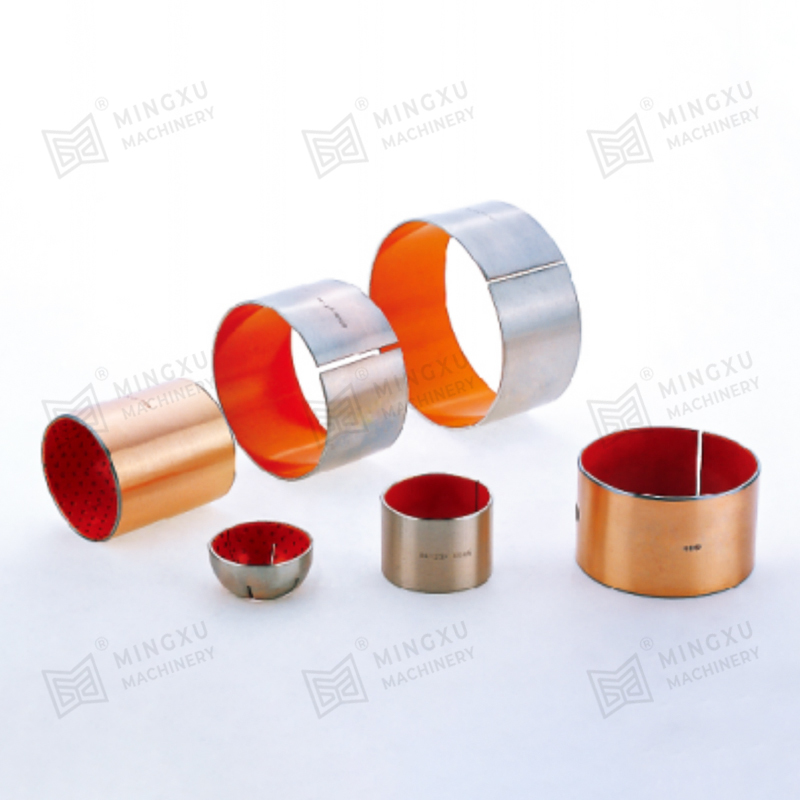
The SF-2S oil-free bearing, as an upgrade to the SF-2 series, stands out with its unique design concept and excellent performance. It features a solid...
See Details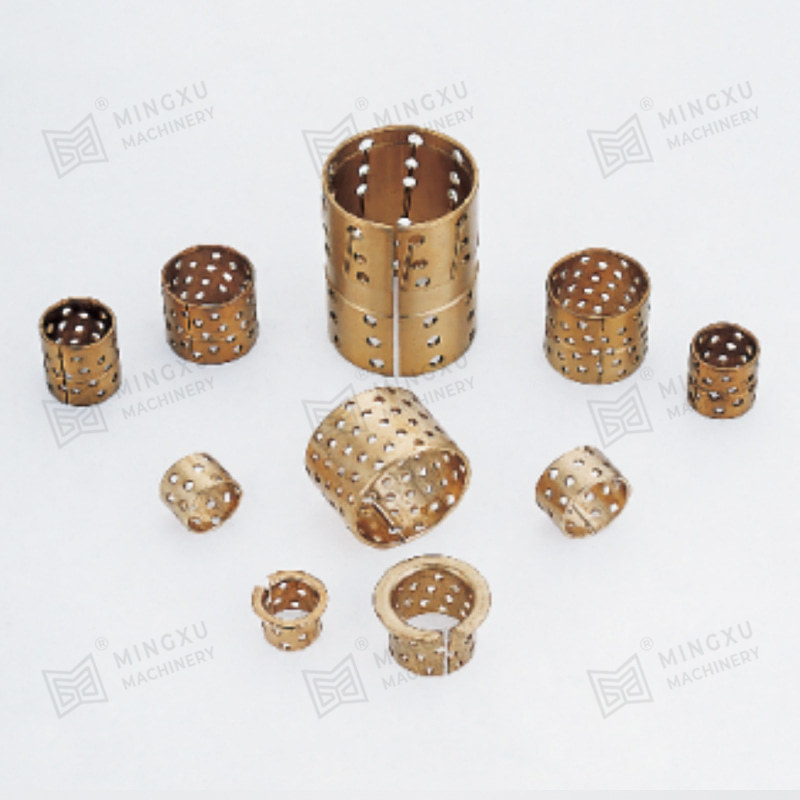
FB092 bronze punch bearings are made of bronze material as the base, with uniform and orderly oil injection holes processed. They are rolled into thin...
See Details
Contact Us